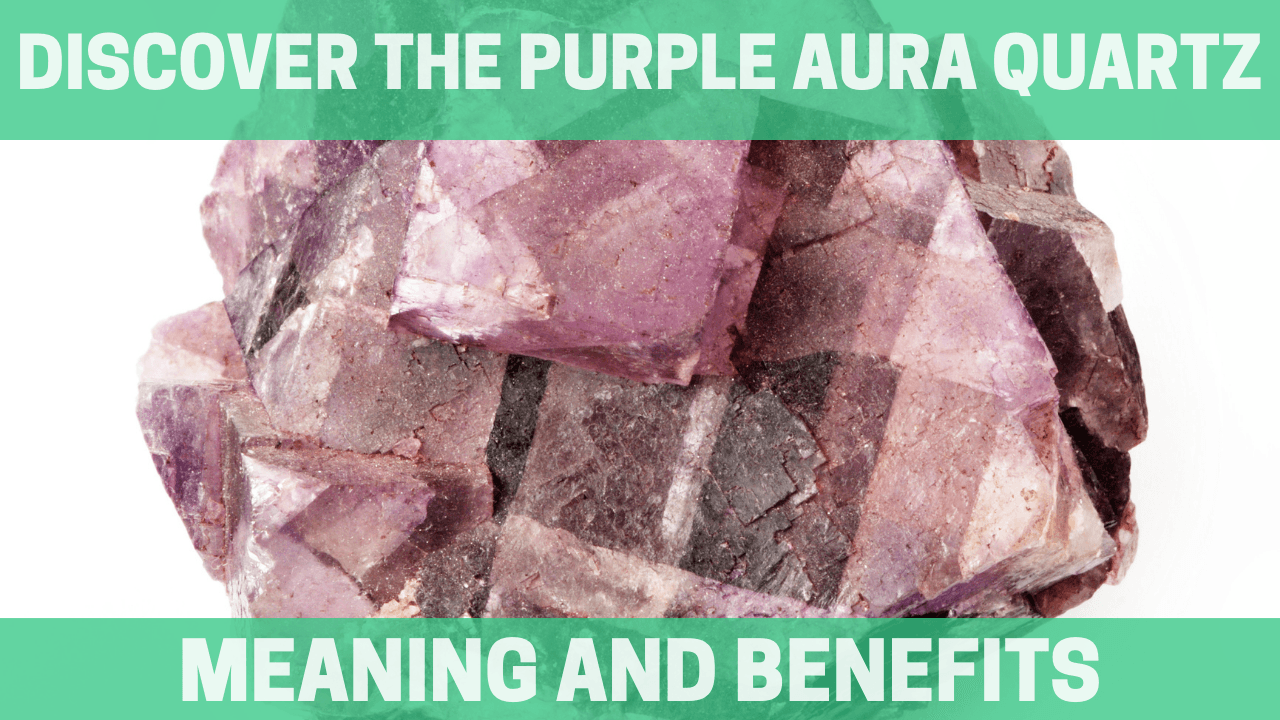Embarking on a journey of self-discovery and inner peace is a desire shared by many. And in this fast-paced world, finding a practice that can help us achieve tranquility and clarity is more valuable than ever.
One such practice that has captivated the attention of millions worldwide is transcendental meditation.
This ancient technique, rooted in Vedic traditions, offers a path to deep relaxation, heightened awareness, and profound personal growth.
At the heart of this transformative practice lies the selection of a mantra – a sacred sound or phrase – that becomes the focal point of your meditation.
But how do you go about choosing the right mantra? In this article, we will delve into the art of selecting a mantra for your transcendental meditation practice, exploring the factors to consider, the impact it can have on your experience, and how to ensure that your chosen mantra resonates with your unique journey.
So, if you're ready to unlock the power of transcendental meditation, read on and discover the key to finding the perfect mantra for your practice.
What is Transcendental Meditation?
Transcendental Meditation, or TM, is a meditation technique that was introduced to the world by Maharishi Mahesh Yogi in the 1950s. It is a simple and effortless practice that involves the use of a mantra.
The goal of TM is to transcend the surface levels of the mind and access a state of deep inner silence and stillness.
Unlike other forms of meditation that require concentration or focus, TM allows the mind to effortlessly settle down and experience a state of pure consciousness.
Through regular practice, TM practitioners report a wide range of benefits, including reduced stress, improved focus and creativity, increased energy levels, and enhanced overall well-being.
Transcendental Meditation is not associated with any specific religion or belief system.
It is a universal practice that can be learned and practiced by anyone, regardless of their background or beliefs.
The technique is taught by certified TM teachers through a standardized course, ensuring that each practitioner receives proper guidance and support.
Benefits of Transcendental Meditation
The benefits of transcendental meditation are well-documented and have been validated by extensive scientific research.
Numerous studies have shown that regular practice of TM can have a positive impact on both physical and mental health. Some of the key benefits of TM include:
- Stress Reduction: TM has been shown to reduce stress and anxiety levels, leading to a greater sense of calm and well-being. This is particularly beneficial in today's high-stress world, where chronic stress has become a major health concern.
- Improved Cognitive Function: Regular practice of TM has been linked to improved cognitive function, including enhanced memory, focus, and creativity. This can have a significant impact on academic and professional performance.
- Increased Energy Levels: TM practitioners often report increased energy and vitality, allowing them to approach daily tasks with greater enthusiasm and efficiency.
- Enhanced Emotional Well-being: TM has been found to improve emotional well-being, leading to a greater sense of happiness, contentment, and overall life satisfaction.
- Improved Physical Health: TM has been associated with a wide range of physical health benefits, including lower blood pressure, reduced risk of heart disease, improved immune function, and reduced symptoms of chronic conditions such as asthma and arthritis.
The Importance of Selecting the Right Mantra
In transcendental meditation, the selection of a mantra plays a crucial role in the practice. A mantra is a specific sound or phrase that is repeated silently during meditation.
It serves as a point of focus, allowing the mind to settle down and experience deeper levels of awareness.
The mantra acts as a vehicle, guiding the practitioner into a state of transcendence.
The choice of a mantra is not arbitrary. Each mantra has a specific vibrational quality that resonates with different aspects of consciousness.
Therefore, selecting the right mantra is essential to ensure a deep and meaningful meditation experience. The mantra should be effortless to repeat and should evoke a sense of calm and stillness.
Understanding Mantras in Transcendental Meditation
In transcendental meditation, mantras are chosen based on their specific vibrational qualities. Each mantra is selected based on its ability to resonate with different aspects of the individual's consciousness.
The mantras used in TM are derived from the ancient Vedic tradition and have been passed down through generations of teachers.
They are considered sacred and are traditionally kept secret.
Mantras used in transcendental meditation are typically one or two syllables long and are composed of Sanskrit sounds.
Sanskrit is an ancient language that is known for its powerful vibrational qualities.
The specific sounds and vibrations of the mantras are believed to have a profound effect on the mind and body, allowing the practitioner to access deeper levels of consciousness.
How to Choose the Right Mantra for Your Practice
Choosing the right mantra for your transcendental meditation practice is a deeply personal process. It requires careful consideration and an understanding of your unique needs and aspirations.
While the specific mantra that is right for you can only be determined by a certified TM teacher, there are certain factors to consider when making your selection.
Factors to Consider When Selecting a Mantra
Personal Preference: The mantra you choose should resonate with you on a personal level. It should evoke a sense of calm and stillness, and should feel effortless to repeat. Listen to your intuition and choose a mantra that feels right for you.
Sound and Vibration: Each mantra has its own unique sound and vibration. Pay attention to how the mantra feels when repeated silently. The sound should be soothing and should create a sense of inner peace.
Meaning: While the meaning of the mantra is not important in transcendental meditation, some practitioners may find it helpful to choose a mantra that has a positive or uplifting meaning. This can add an extra layer of significance to the practice.
Mantra Selection Process in Transcendental Meditation
The process of selecting a mantra in transcendental meditation is a highly individualized one. It involves a consultation with a certified TM teacher, who will guide you through the selection process based on your unique needs and aspirations.
The teacher will take into account factors such as your age, gender, and current state of mind, in order to determine the most suitable mantra for you.
During the mantra selection process, the teacher will present you with a range of mantras and ask you to silently repeat each one.
This allows you to experience the vibrational qualities of each mantra and determine which one resonates with you the most.
The teacher will then finalize the selection based on your feedback and provide you with your personalized mantra.
Common Mantras Used in Transcendental Meditation
While each practitioner receives a personalized mantra, there are some common mantras that are frequently used in transcendental meditation.
These mantras have been found to have a universal resonance and are suitable for a wide range of individuals. Some of the common mantras used in TM include:
So Hum: This mantra translates to "I am That" and is associated with the concept of universal consciousness. It is a simple and powerful mantra that is often recommended for beginners.
Om: Om is a sacred sound that is considered to be the sound of the universe. It represents the vibration of creation and is often used as a mantra to connect with higher levels of consciousness.
Aham Prema: This mantra translates to "I am Divine Love" and is associated with the qualities of love, compassion, and unity. It is often used to cultivate feelings of love and connection during meditation.
Personalized Mantras in Transcendental Meditation
In addition to the common mantras used in transcendental meditation, each practitioner receives a personalized mantra that is specific to them.
The personalized mantra is chosen based on the unique vibrational qualities of the individual and is kept secret.
The secrecy of the mantra is believed to enhance its effectiveness and allow for a deeper meditation experience.
The personalized mantra is given to the practitioner by a certified TM teacher during the initiation process.
The teacher will guide the practitioner in the correct pronunciation and repetition of the mantra, ensuring that it is used correctly for maximum benefit.
Conclusion
The selection of a mantra is a crucial aspect of transcendental meditation. It is a deeply personal process that requires careful consideration and guidance from a certified TM teacher.
The right mantra can enhance your meditation practice and allow you to experience deep relaxation, heightened awareness, and profound personal growth.
So, if you're ready to unlock the power of transcendental meditation, take the time to explore the factors to consider, understand the impact it can have on your experience, and find the mantra that resonates with your unique journey.




